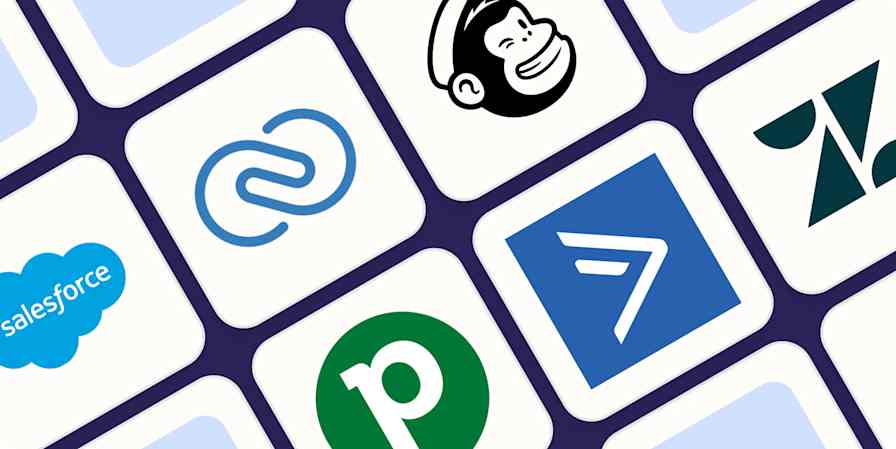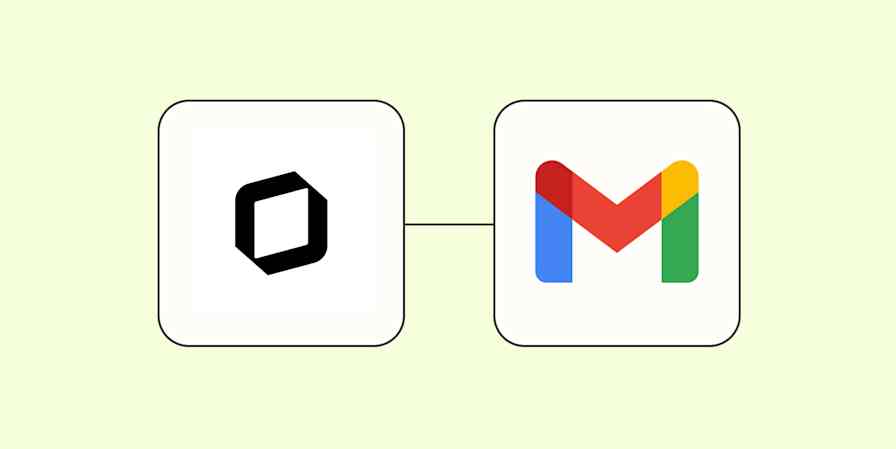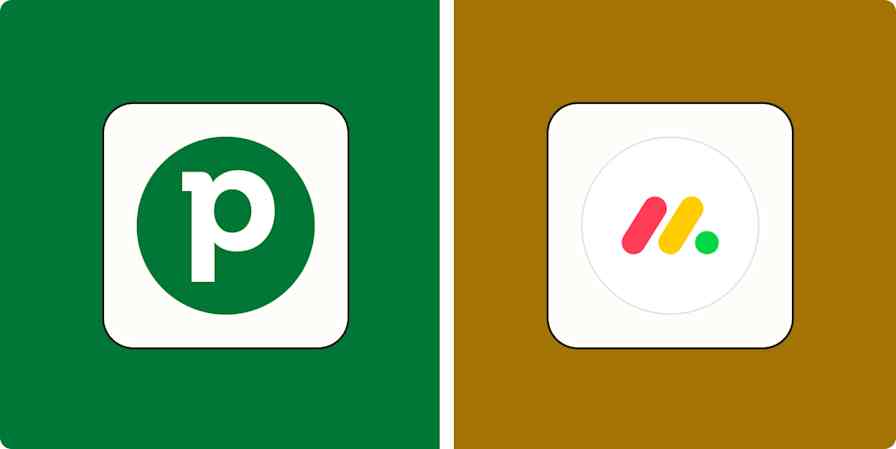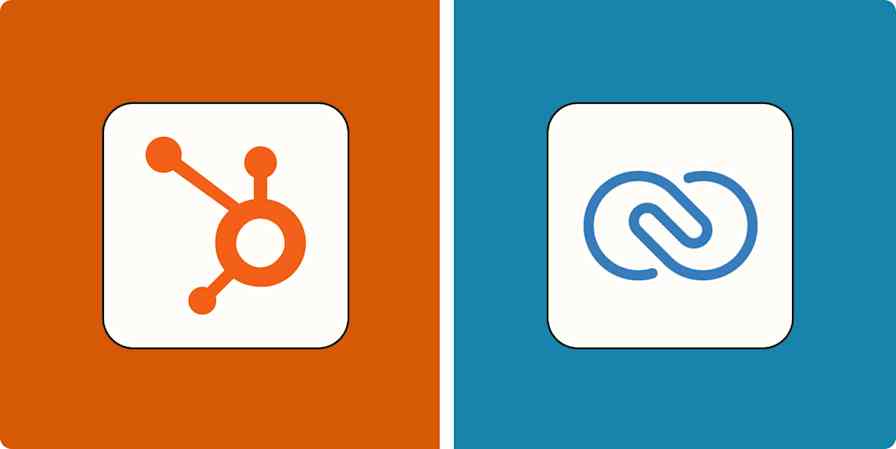App comparisons
13 min readPipedrive vs. Zoho: Which CRM is best? [2025]
By Miguel Rebelo · December 5, 2024

Get productivity tips delivered straight to your inbox
We’ll email you 1-3 times per week—and never share your information.
Related articles
Improve your productivity automatically. Use Zapier to get your apps working together.








